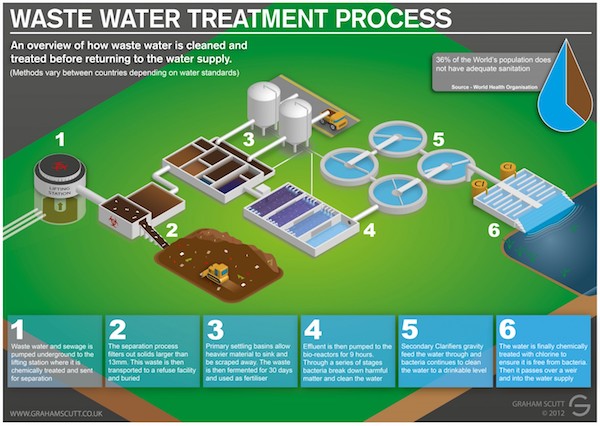Water Softener Filtration System for Beginners
Table of ContentsThe Of Water Softener Filtration SystemWater Softener Filtration System - TruthsTop Guidelines Of Water Softener Filtration SystemOur Water Softener Filtration System IdeasWater Softener Filtration System Fundamentals ExplainedFacts About Water Softener Filtration System Uncovered
While you can buy prefiltered water or use a store-bought filtering system to improve water top quality, you can additionally attempt several do it yourself approaches of filtering water. To find the very best strategy, consider your objectives. Certain methods function best for eliminating physical debris and also bits, whereas others are better for removing hefty metals and also germs or improving scent as well as taste.
You can use DIY water purification at residence, for traveling, or in nature. While it can take a little imagination and effort, you can boost the top quality as well as aesthetic of your water even if you don't have a typical filtering system option readily available.
Intro, In previous study sessions you have actually learnt more about resources of water, exactly how they can become infected as well as about means of safeguarding them. Despite resource defense it is often essential to treat water to guarantee it is secure. This is the situation at home level, which is gone over in Research study Session 10, and when providing water for towns as well as cities.
The Water Softener Filtration System Diaries
You will also discover the management of wastes created in the procedure of water therapy, and take into consideration the problems of sustainability and also resilience in connection with massive water treatment. Discovering Outcomes for Study Session 5When you have actually studied this session, you need to be able to:5. 1 Define and also use appropriately every one of the keywords printed in vibrant.
1)5. 2 Explain the various phases in the water therapy process. (SAQs 5. 1 as well as 5. 2) 5. 3 Explain exactly how the wastes from water treatment plants are taken care of. (SAQ 5. 3)5. 4 Suggest how water therapy modern technologies can be made lasting and durable. (SAQ 5. 4)5. 5 Undertake standard computations in relationship to water supply.
5)5. 1 The need for large-scale water treatment, Water treatment is the procedure of getting rid of all those materials, whether organic, chemical or physical, that are possibly harmful in supply of water for human and domestic use. This therapy aids to create water that is secure, tasty, clear, colourless as well as odourless. Water likewise needs to be non-corrosive, meaning it will not create damages to pipework.
The Only Guide to Water Softener Filtration System
This creates a need for large volumes of safe water to be provided dependably and also constantly, and also this demand is growing. As city populations boost, there is a demand YOURURL.com to find brand-new resources to meet the growing need. If groundwater is available this can usually be used with very little therapy yet any surface water resource will need to be dealt with to make it secure.
6 discusses just how this estimation is made but first you will certainly look at the primary phases in the water therapy procedure. 5. 2 Stages in large water treatment, There are commonly 7 actions (Number 5. 2) in large water treatment for urban community water (Abayneh, 2004). Each of the actions will be described consequently in this section.
(There is a chlorination action at the end of the therapy process, which is typical in many water treatment plants). 3 Coagulation and flocculation, After oygenation, coagulation takes location, to eliminate the fine particles (much less than 1 m in size) that are suspended in the water.
The Water Softener Filtration System Statements
Below the water is delicately stirred by basics paddles in a flocculation container (Number 5. 5) and the flocs come right into contact with each other to create bigger flocs. The flocculation basin usually has a variety of compartments with decreasing mixing rates as the water developments through the container (Figure 5.
7), with a circulation price of 48 cubic metres per square metre of filter surface per hour (this is created as 48 m3 m2 h1) are typically made use of. When the filters are full of caught solids, they are backwashed. In this procedure, clean water as well as air are pumped in reverse up the filter to dislodge the trapped contaminations, and the water carrying the dirt (described as backwash) is pumped right into the sewerage system, if there is one.
6 Chlorination, After sedimentation, the water is disinfected to get rid of any kind of continuing to be pathogenic micro-organisms. The most commonly used disinfectant (the chemical utilized for disinfection) is chlorine, in the type of a liquid (such her explanation as sodium hypochlorite, Na, OCl) or a gas.
The Basic Principles Of Water Softener Filtration System
The amount of chlorine left after this is called recurring chlorine. This remains in the water completely via the circulation system, shielding it from any kind of micro-organisms that could enter it, until the water gets to the customers. World Health And Wellness Organization Guidelines (THAT, 2003) recommend a maximum residual chlorine of 5 mg l1 of water.
5 mg l1 of water after thirty minutes' get in touch with time (THAT, n. d.). There are other means of disinfecting water (e. g. by utilizing the gas ozone, or ultraviolet radiation) however these do not safeguard it from microbial contamination after it has actually left the water treatment plant. Following sanitation the treated water is pumped into the distribution system.
7 Additional therapy, Extra therapy may sometimes be required for the benefit of the population. One such circumstances is the fluoridation of water, where fluoride is contributed to water. It has been mentioned by the World Health Company that 'fluoridation of water materials, where feasible, is one of the most efficient public health and wellness measure for the avoidance of dental degeneration' (WHO, 2001).
What Does Water Softener Filtration System Do?
